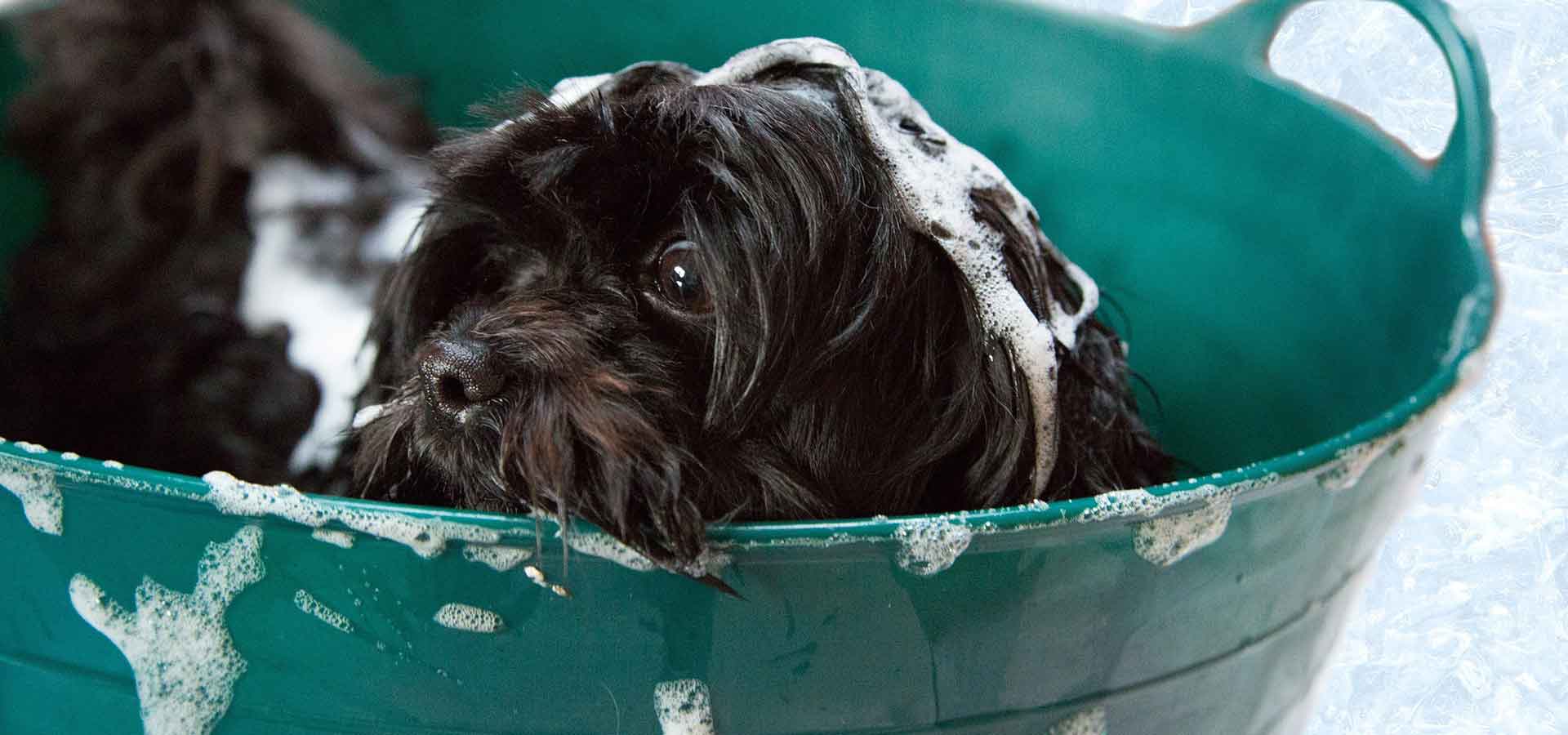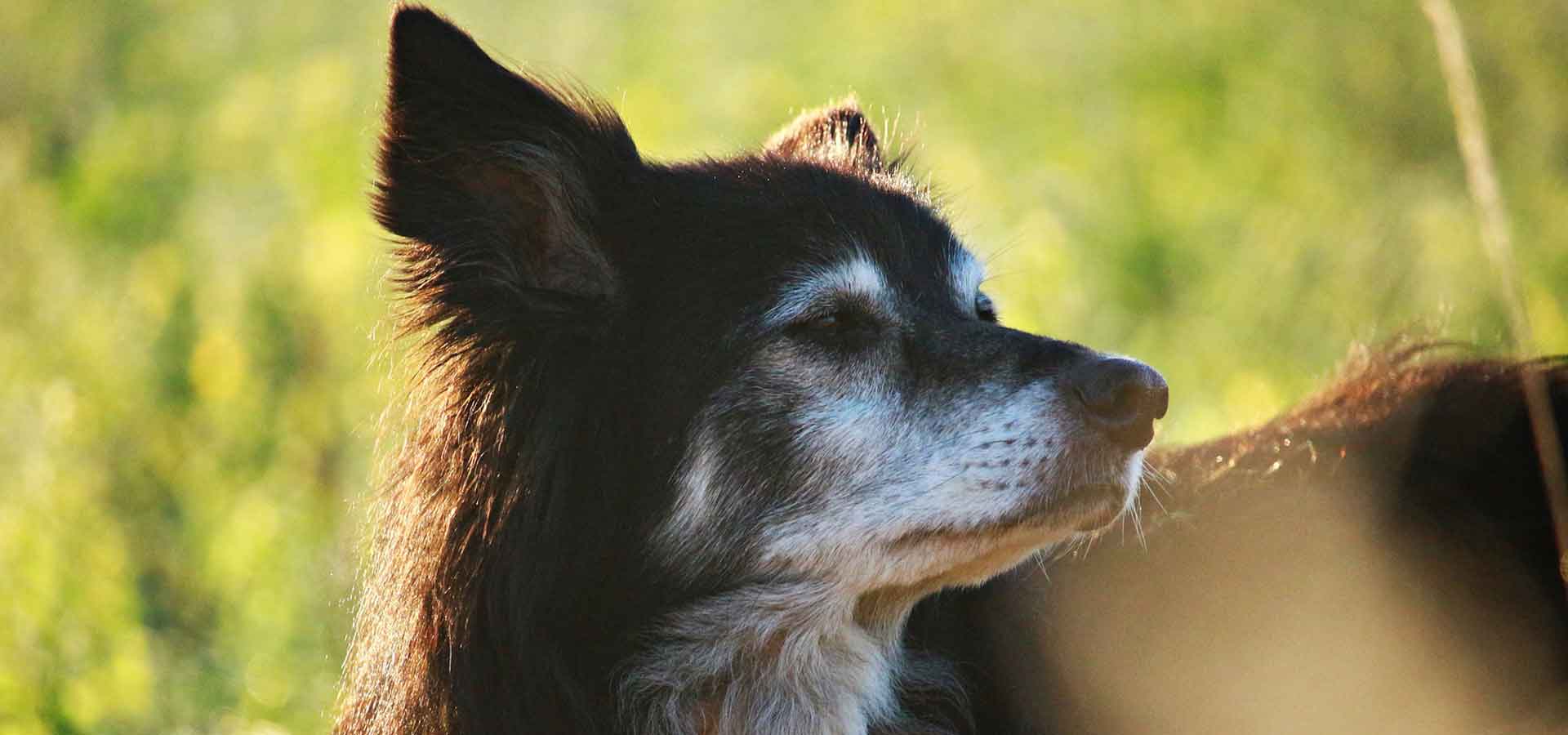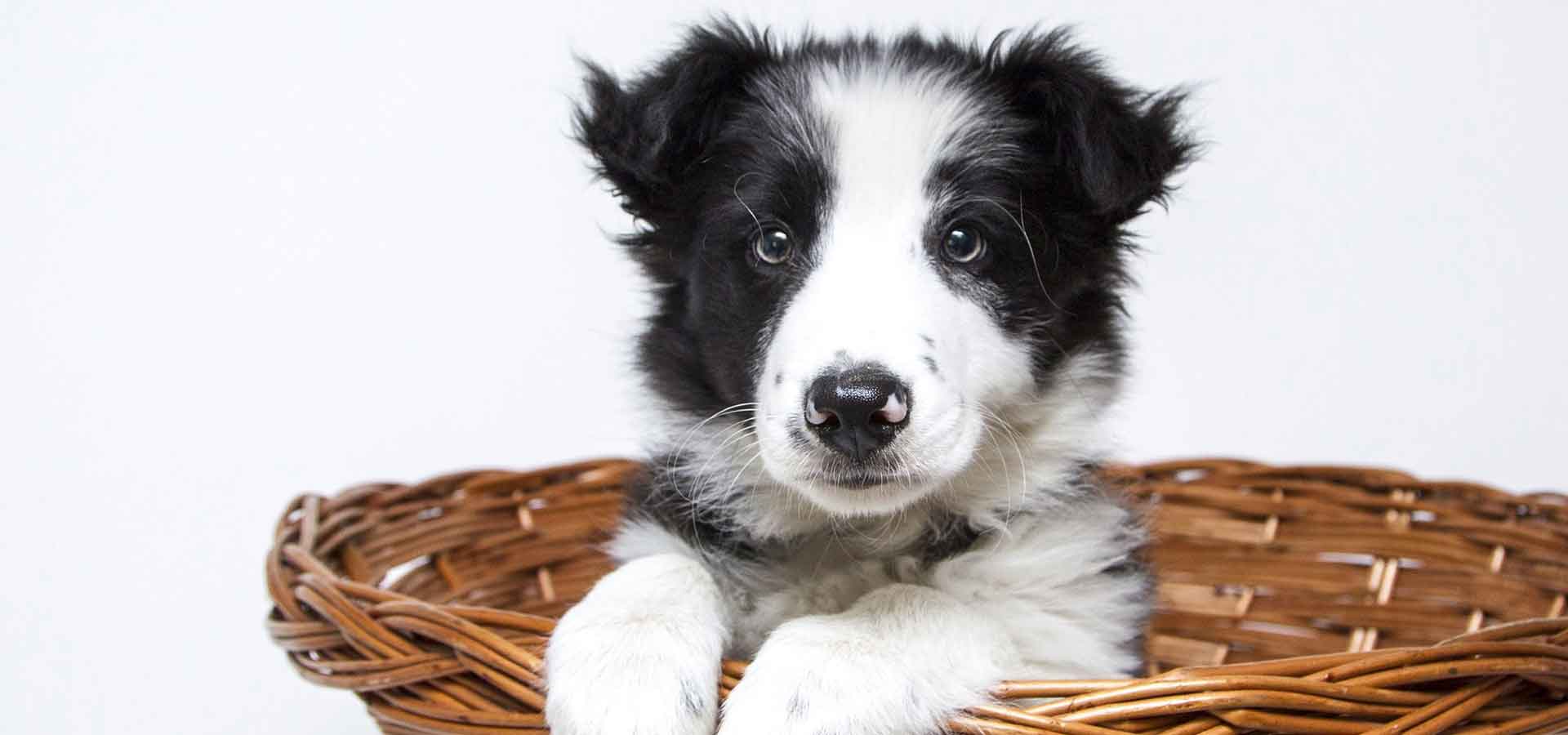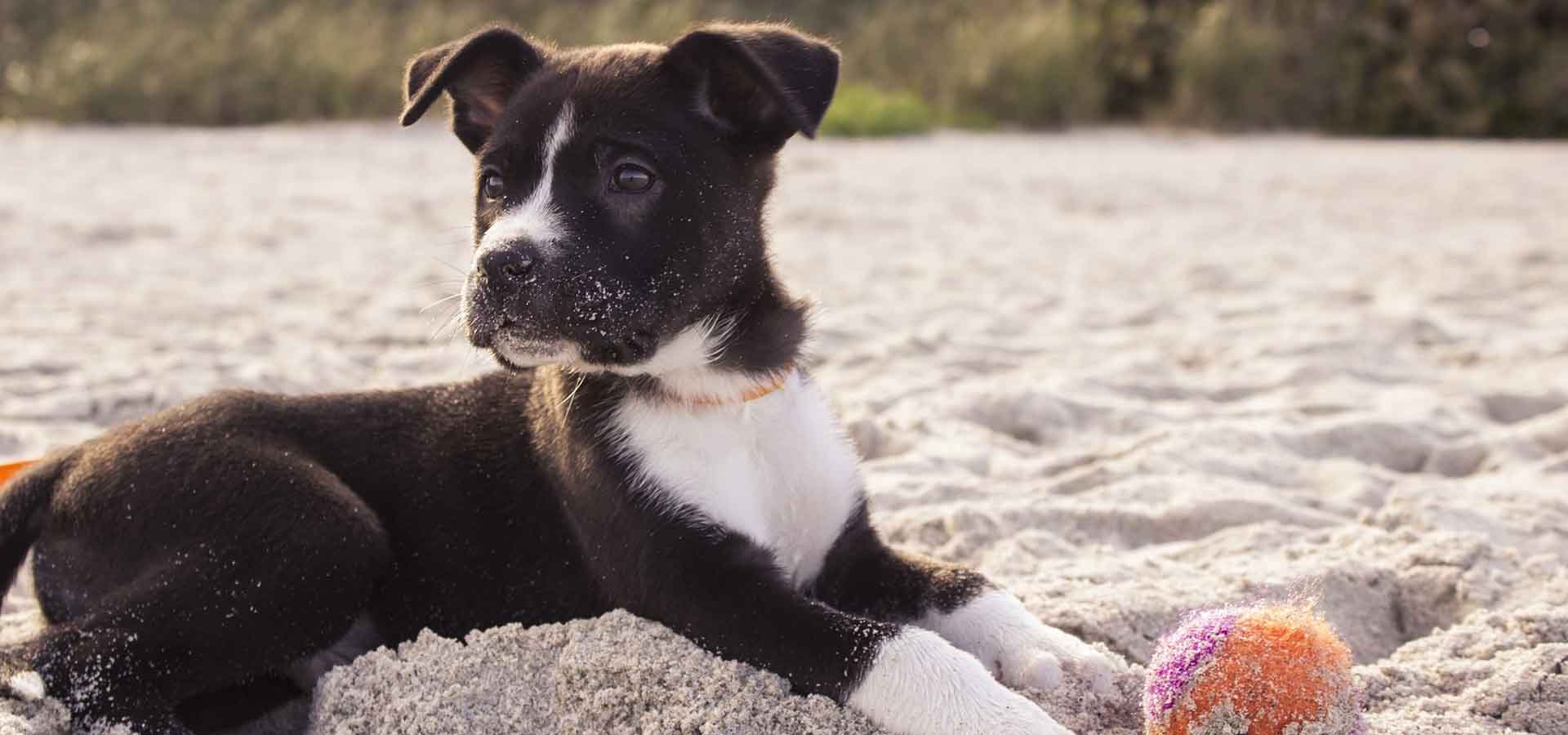Grooming is an important part of every pet’s life and it certainly should be handled with care. It is hard to do it yourself and that is why you should opt for a professional dog groomer. However, you can’t trust just anybody to bathe your dog and operate with sharp and electricity-powered items around them. That is why you need a trustworthy and gentle person that both you and your dog can trust.
Thorough Research
A good starting point is the Internet. There you can search for various saloons in your town and see what they are offering. After finding several saloons you actually like, make sure to read their reviews. All of the clients leave comments pointing out their satisfactions and dissatisfaction with the saloon and its staff. Additionally, you can ask your friends and veterinarian to see if they are familiar with your online choices or if they have someone to recommend. Be patient and thorough when doing your research, otherwise your dog could exit the saloon with a bad haircut, or even some injuries; none of those are preferable.
Ask Questions
The first thing on your list should be asking if the groomer has the proper certification. Grooming is not only about bathing and styling the fur; it also involves treatment of ticks, fleas and some other specific issues. That is why you should ask to see the PetMD certification. Also, ask about their experience and training, experiences with certain dog breeds, the price list and what it includes and which tools and equipment they use and if they sterilize them. Additionally, you can ask if they are experienced with styling with pets accessories and if they want to do it. You are basically free to ask whatever you want, since your pet’s safety should be the priority.
Groomers are usually on a tight schedule and they might not have the time for your questions at a given moment. It is important to be patient and not to make big deal out of that and disregard the groomer if they are busy. Instead, ask for their contact information and if they can explain everything and answer your questions over the phone or social media. It is tough to handle a dog and talk to the client at the same time because of the divided attention. Plus, you wouldn’t want the groomer to cut your dog’s fur while talking to someone else, would you?
Discuss the Pet’s Specific Needs
Once you choose a groomer, make sure to inform them if your dog has some specific needs. Some dogs might get anxious or afraid of the new situation, tools and even other dogs. Inform the groomer if your dog needs extra trimming or brushing, if you want something specific to be done with their fur or if the dog reacts badly to some shampoos and grooming products. Everything you consider specific about your dog and his needs should be passed on to the groomer. See how the groomer reacts and if they can meet your requirements, otherwise continue the search.
Observe Your Dog
For the first session, be present at the saloon and observe your dog. You know his behavior the best so you can notice any signs of anxiety and fear. If your dog reacts badly to the groomer and the atmosphere, don’t force them to go there just because you like the place. However, don’t be surprised if the groomer asks you to leave, because some of them have seen dogs behaving more aggressively or energetic while the owner is there, while they are calm and cooperating when alone.
Grooming is very necessary for your dog because of the many health benefits it brings. Be patient and research the saloons thoroughly before making a decision. Your decision will greatly affect both yours and your dog’s satisfaction and well-being.
You can get the best dog clippers here for grooming your dog.




